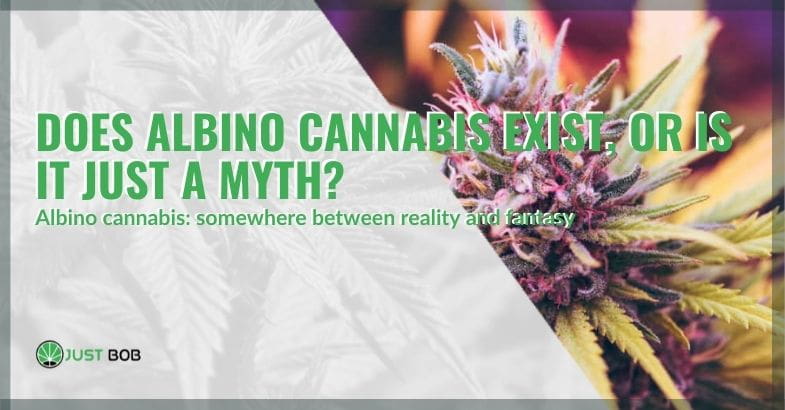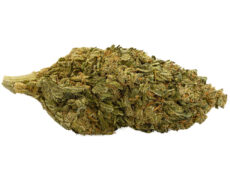Modified on: 19/04/2024
ALBINO CANNABIS: SOMEWHERE BETWEEN REALITY AND FANTASY
Many cannabis enthusiasts wonder whether an albino variant exists.
However, if you have taken a trip around the web, you will have noticed some confusion about its existence, is there not?
-
 SMALL & BIG
SMALL & BIGBUBBLEGUM
Indoor | CBD – CBDA < 22%
Starting from:EASTER SALE -10%
1,25CHF1,10CHF/gGrams3 5 10 20 50 100 -


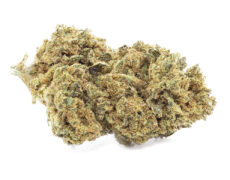
DO SI DOS
Starting from: 2,00CHF/gIndoor | CBD – CBDA < 19%
Grams3 5 10 20 50 100 -


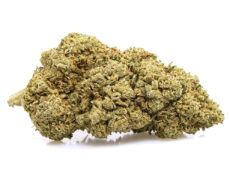
ROYAL GG#4
Starting from: 2,30CHF/gIndoor | CBD – CBDA < 40%
Grams3 5 10 20 50 100 -


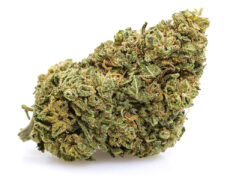
GORILLA GLUE
Starting from: 2,90CHF/gIndoor | CBD – CBDA < 20%
Grams3 5 10 20 50 100
So, to shed some light on the matter, in this article, we will look at whether albino cannabis exists and how it differs from ordinary CBD cannabis.
Albino cannabis growing in the sewers of New York: truth or urban legend?
The question alone sounds like a trap.
It is the typical story told to someone by the friend of a distant cousin in a remote town in an unspecified North American state. Unfortunately, it is one of those stories whose origin would be complicated to discover because you would have to pull the thread hundreds of thousands of kilometres for nothing.
But if you want to know this legend, I’ll indulge you now.
An extraordinary variety of marijuana, called New York White, grows under the skin of the Big Apple.
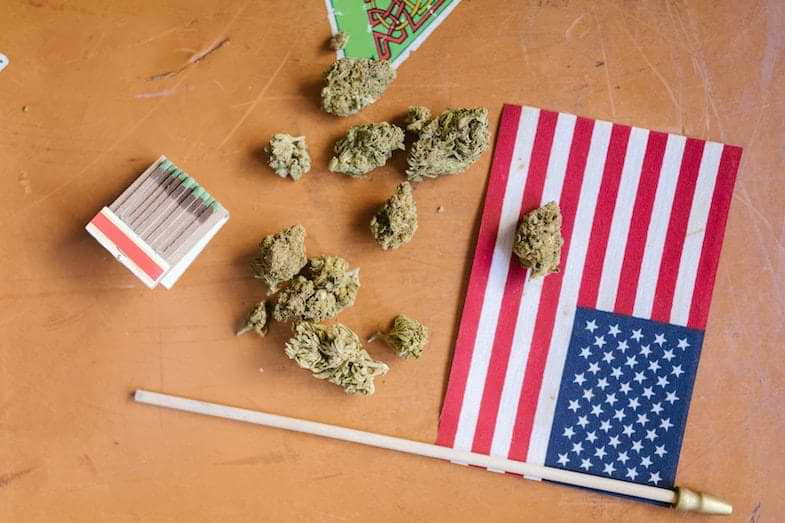

A bit bizarre, isn’t it? That’s the myth part.
Of course, no marijuana plant can be grown out of the sunlight, underground, in a sewer, without light…
So let’s forget these kinds of urban legends that fall under their weight: the marijuana plant and the CBD flowers needs a light source for its development, be it natural or artificial—no underground cultivation.
So does white marijuana exist?
Yes.
Let’s find out why.
So, how to explain albino cannabis? The answer is more straightforward than you think.
When images of milky white marijuana buds started circulating on the Internet, the first reaction was to think of a hoax.
And no wonder.
If we take absurd stories like those of sewer marijuana as a reference, growers are becoming increasingly sceptical of what is being said.
Photoshopped pictures, optical effects, attention-seeking… Of course, there are always reasons why this kind of news can be a little suspect, but when botanical experts give their opinion on the matter, there is little left to refute.
Experts have confirmed that these phenomena do occur but are not strictly related to light deprivation and that there are other reasons.
Let us, therefore, see why.
Difference between albino and discoloured marijuana plants
As you might imagine, an albino or white cannabis plant is not the same thing as a discoloured plant.
What is the difference?
Well, it is straightforward. A discoloured marijuana plant, as the name suggests, is a plant that has lost its colour because it has been too close to the bulb or exposed to too much light.
In such cases, the cannabis grower is responsible for the plant’s paleness, which has caused it to lose its chlorophyll photopigments and, worse still, its quality.
As a decorative plant, it has a very striking colour effect, but when it comes to smoking for personal use (in countries where it is permitted), it will have lost much of its value.
So what distinguishes it from an albino plant?
The secret of an albino plant does not lie in the lack of skill of the grower but is hidden in the genetics of the plant.
Let me explain.
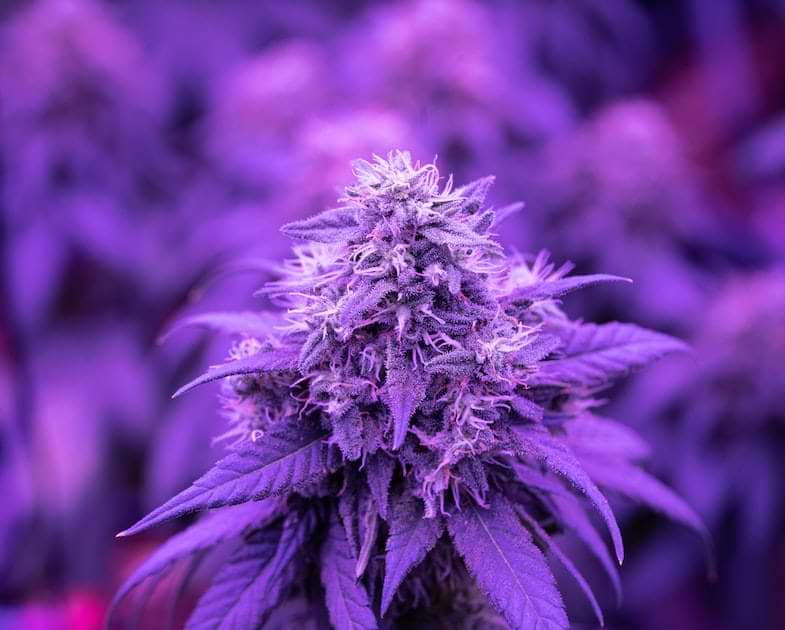

Far from being plants bleached by too much light, it is a puzzling natural phenomenon called variegation. Variegation is a rare but genuine genetic anomaly. So no, it is not an optical trick or a deception to make people believe what it is not, nor is it a fairy tale about a mysterious cannabis strain growing in the sewers of New York.
Some genes control the production of chlorophyll in cannabis, and, as you may already know, these pigments are responsible, among other things, for the green colouring of plants.
Variegation is a mutation that disrupts the presence of chlorophyll in the plant, giving rise to those distinctly albino traits that can manifest in two ways.
- in a single area of the plant (e.g. only in the buds);
- in several areas of the plant interspersed with pigmented areas (as if the green and albino patterns were intertwined).
In an extreme case, the origin of the plant’s white colour would be in the so-called double albino gene.
But that being the case, the whole marijuana plant would be white and would not be able to do photosynthesis (and remember that it is chlorophyll that enables it to synthesise light) and would die in a short time.
So, in conclusion, it would be challenging to find a plant with these characteristics and, above all, one that was able to develop.
Read also: How hashish purification is performed and what are the effects of this practice
Conclusions
In this article, we have seen the real story about albino cannabis.
Leaving aside the New York sewer legend for a moment, we have seen how to distinguish between bleached and albino cannabis.
While the former is due to excessive exposure to light which damages the quality of the final product, the latter is white due to a genetic issue.
We hope you enjoyed this post and we suggest you to visit our CBD Shop!
On Justbob you will find a lot of products of the best quality of CBD weed.


